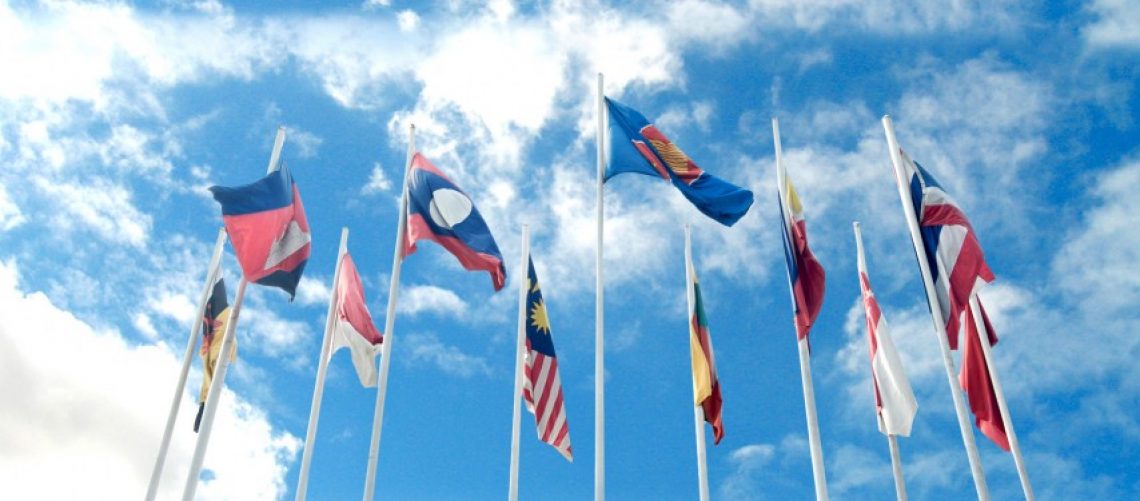- The 20th Meeting of the ASEAN Plus Three (ASEAN, China, Japan, and the Republic of Korea) Tourism Ministers was held on 5 February 2021, in conjunction with the 24th Meeting of ASEAN Tourism Ministers (M-ATM), through video conferencing. The Meeting was co-chaired by H.E. Dr. Thong Khon, Minister of Tourism, Cambodia and H.E. Mr. Xu Zhang, Vice Minister, Ministry of Culture and Tourism of China. The Meeting was preceded by the 38th Meeting of ASEAN Plus Three (APT) National Tourism Organisations (NTOs) held on 3 February 2021.
- The Ministers noted that international visitors to the APT region in 2020 had sharply declined by approximately 81.5 per cent when compared to 2019. The Ministers exchanged information and views on the COVID-19 impact and mitigation measures undertaken by the APT members and discussed strategic approaches to revitalise the APT tourism cooperation by focusing on recovery efforts and close collaboration in implementing mutually beneficial programmes and activities. In this regard, the Ministers endorsed the APT Tourism Cooperation Work Plan 2021-2025, which focuses on strengthening the APT tourism cooperation in the next 5 years and prioritises the recovery of tourism in the APT region. The Ministers tasked the APT NTOs to explore innovative ways to revitalise the tourism sector in the post-COVID-19 pandemic in collaboration with all stakeholders including the private sector and the ASEAN Centres in China, Japan and the Republic of Korea.
Download the full statement here.
- ABOUT ASEANThe Association of Southeast Asian Nations, or ASEAN, was established on 8 August 1967 in Bangkok, Thailand, with the signing of the ASEAN Declaration (Bangkok Declaration) by the Founding Fathers of ASEAN: Indonesia, Malaysia, Philippines, Singapore and Thailand. Brunei Darussalam joined ASEAN on 7 January 1984, followed by Viet Nam on 28 July 1995, Lao PDR and Myanmar on 23 July 1997, and Cambodia on 30 April 1999, making up what is today the ten Member States of ASEAN.Menu
- WHAT WE DO
ASEAN organs always strive to achieve ASEAN’s goals and objectives, the Secretary-General of ASEAN and the ASEAN Secretariat shall be functioned as coordinating Secretariat to help facilitate effective decision-making withing and amongst ASEAN bodies. In addition, each Member State shall appoint a Permanent Representative to liaise with Secretary-General of ASEAN and the ASEAN Secretariat
Menu - WHO WE WORK WITH
ASEAN shall develop friendly relations and mutually beneficial dialogues, cooperation and partnerships with countries and sub-regional, regional and international organisations and institutions. This includes external partners, ASEAN entities, human rights bodies, non-ASEAN Member States Ambassadors to ASEAN, ASEAN committees in third countries and international organisations, as well as international / regional organisations.
Menu - OUR COMMUNITIES
The rodmap for an ASEAN Community (2009-2015) was declared by the leaders in 2009. The ASEAN Community, anchored on three community pillars: Political-Security Community, Economic Community, Socio-Cultural Community was launched in 2015. The ASEAN 2025: Forging Ahead Together was introduced in 2015 as a Post-2015 Vision. It comprises the ASEAN Community Vision 2025, the ASEAN Political-Security Community Blueprint 2025, the ASEAN Economic Community Blueprint 2025 and the ASEAN Socio-Cultural Community Blueprint 2025
Menu - SITEMAP





